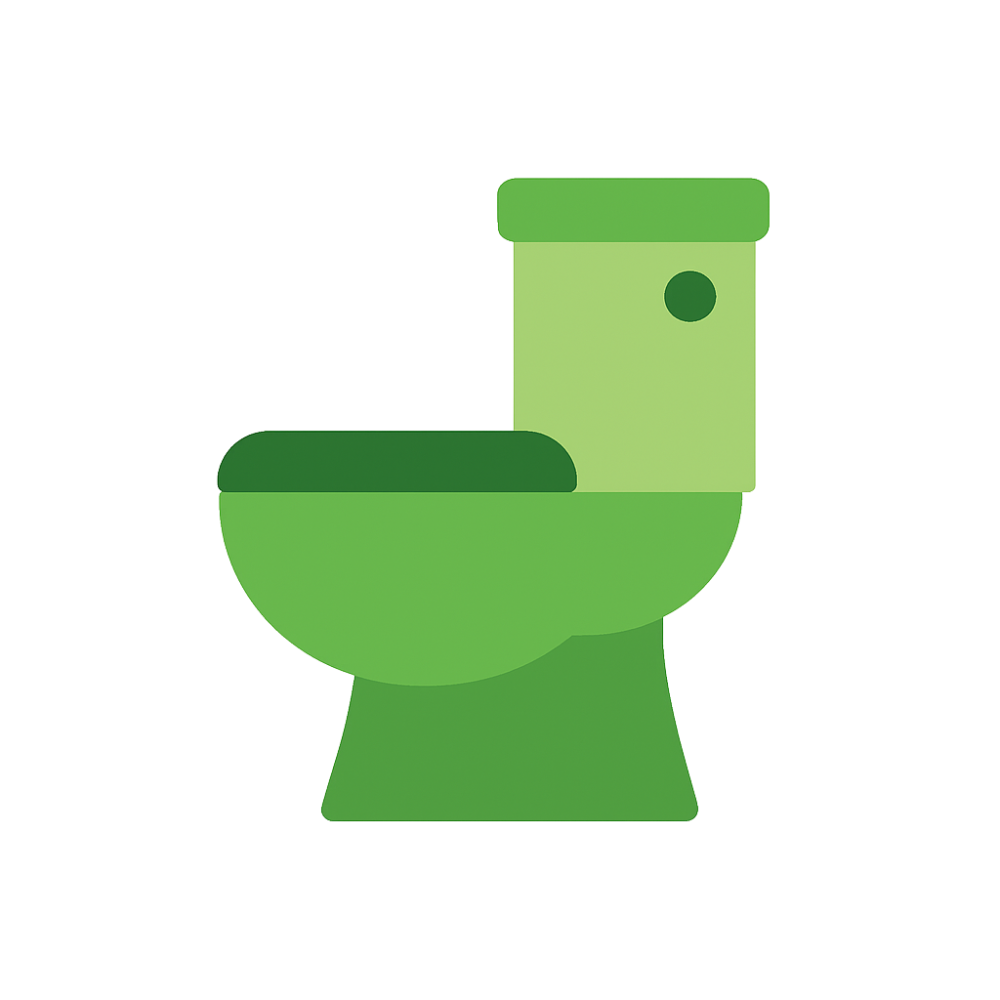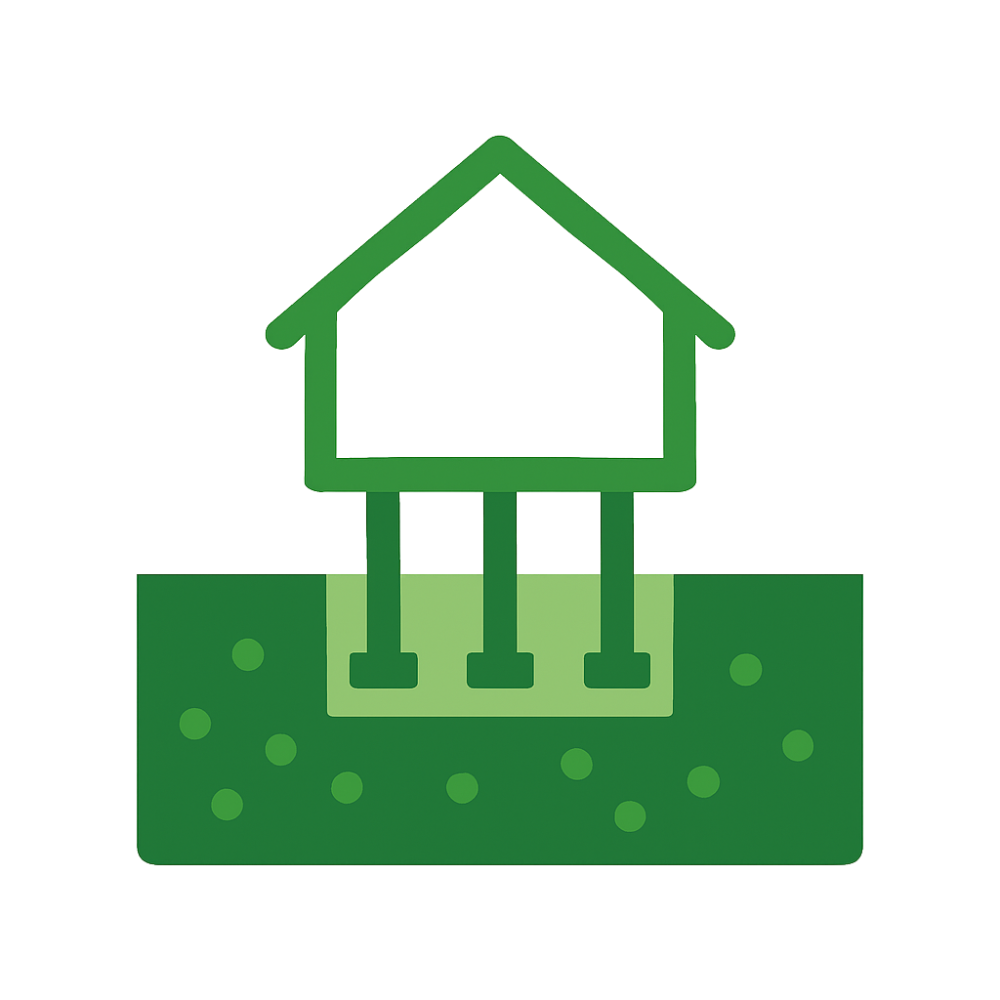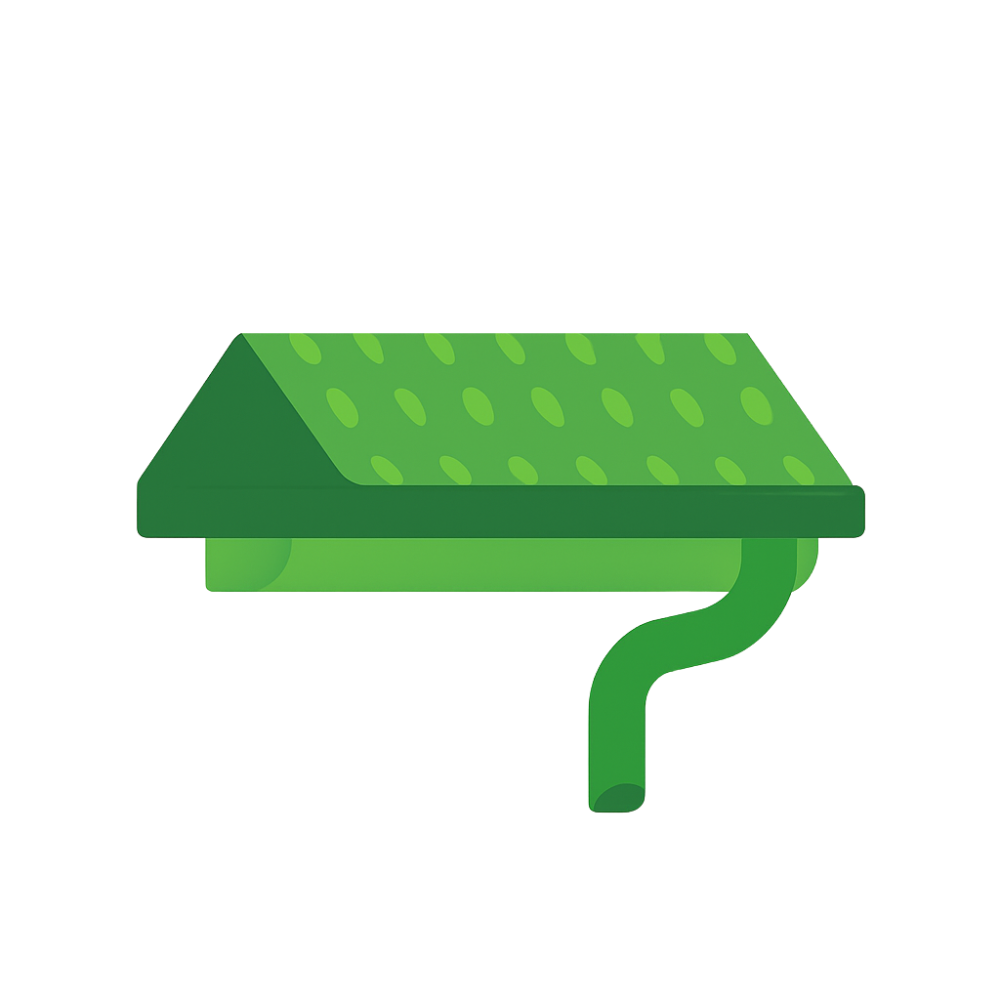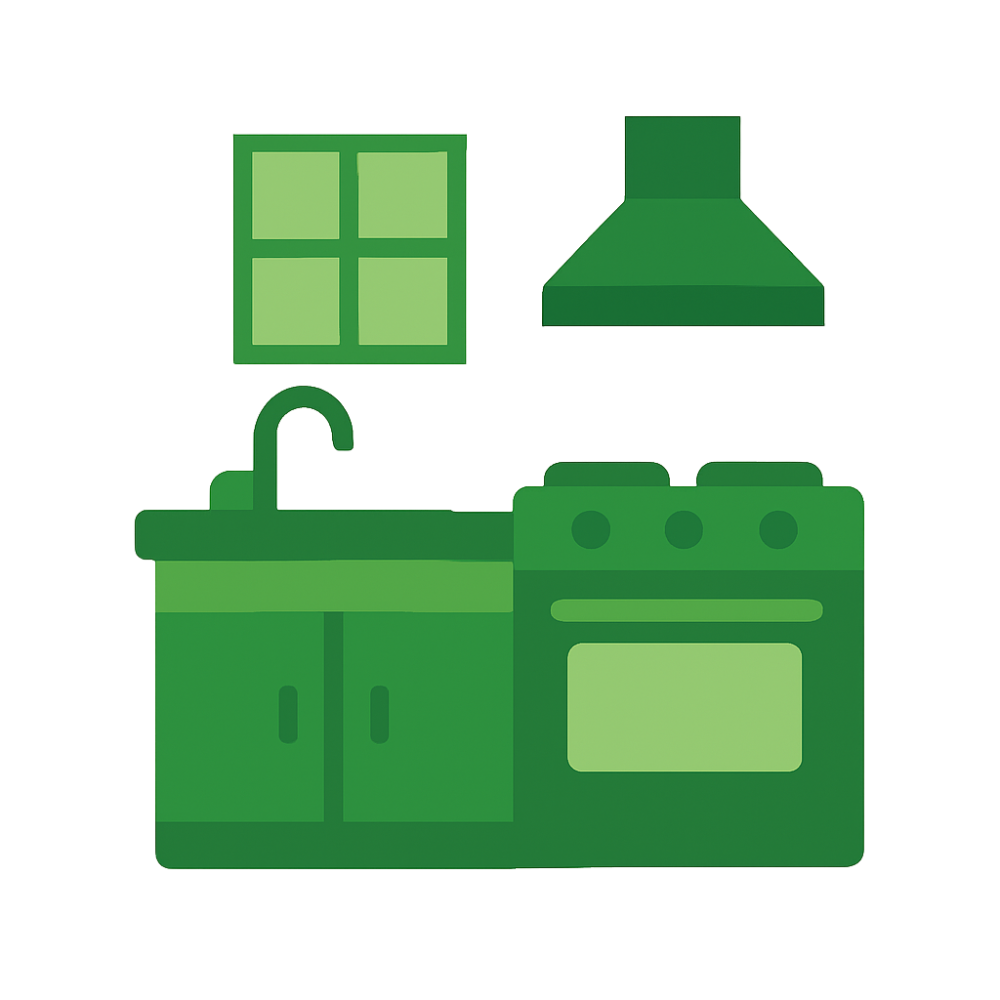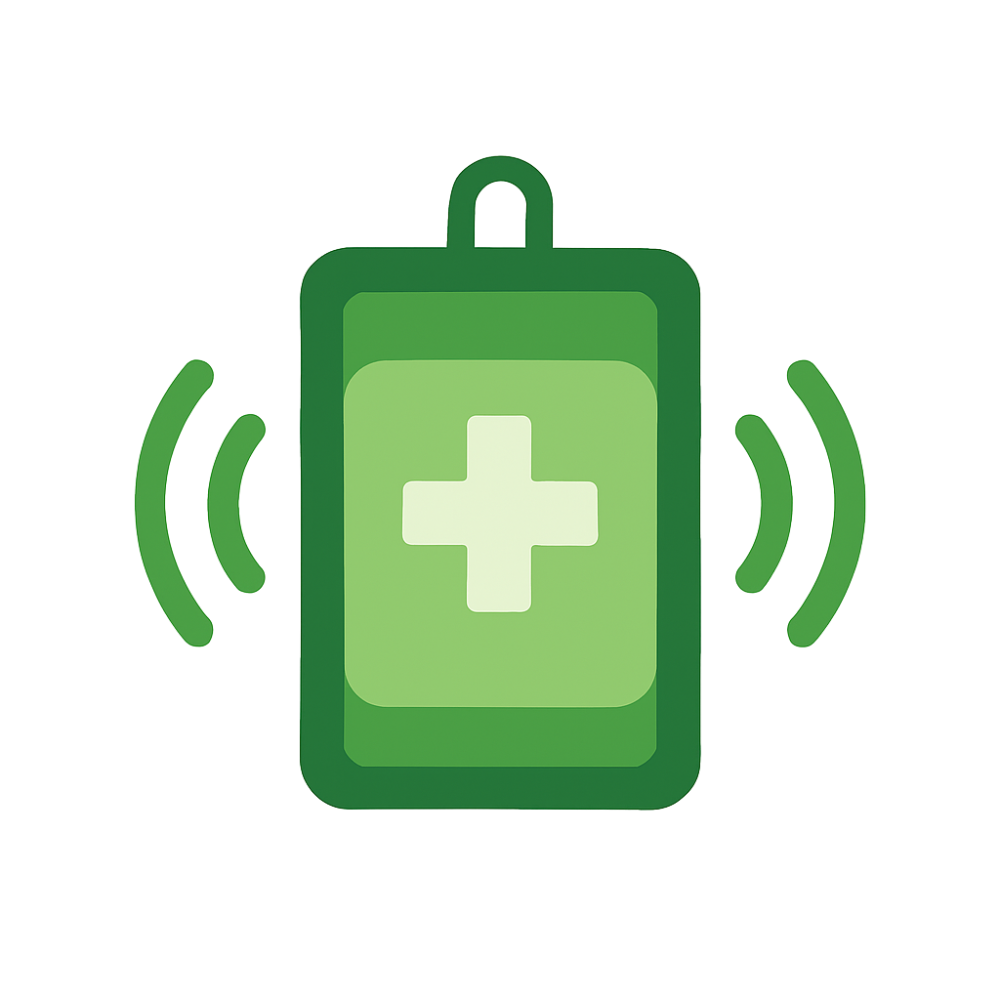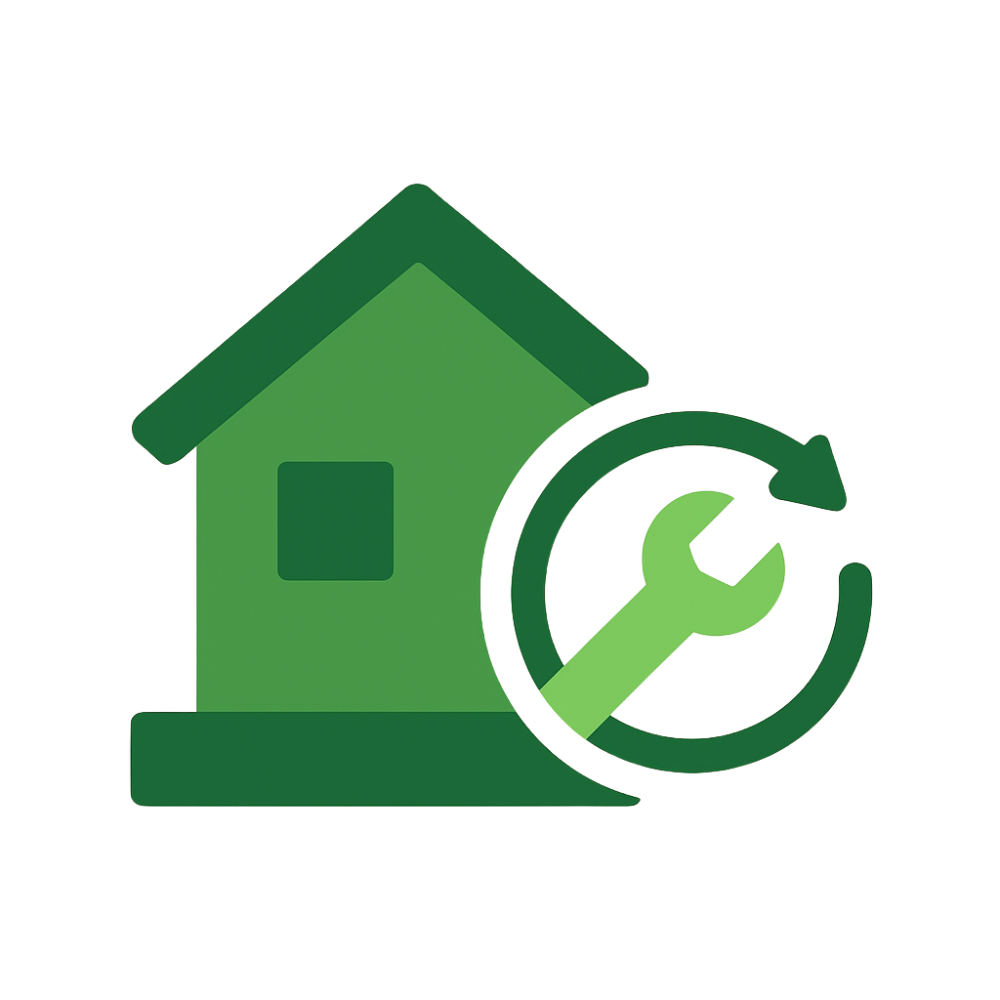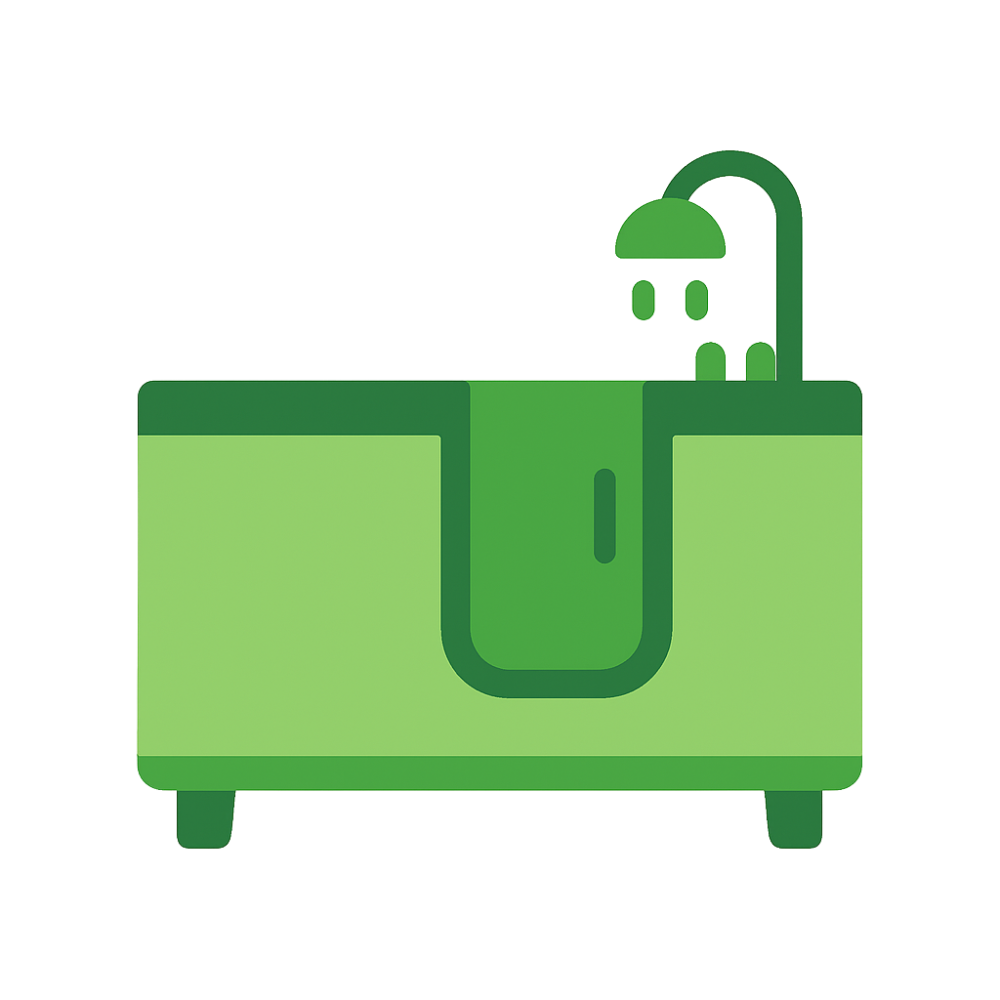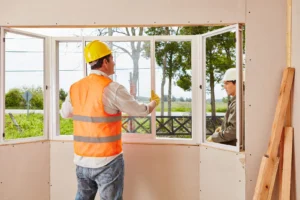Stair Lifts: Enhancing Home Accessibility
Stair lifts provide a safe and convenient solution for individuals facing mobility challenges, allowing them to navigate between floors with ease. Whether you're considering a straight, curved, or standing stair lift, understanding the types, costs, and installation processes is crucial.


Frequently Asked Questions
Can a stair lift be installed on both sides of the staircase? +
What happens to a stair lift during a power outage? +
Types of Stair Lifts
Not all staircases-or people-are the same. Thankfully, stair lifts come in various configurations to meet a wide range of needs and home layouts. Here's a closer look at the most common types:
Straight Stair Lifts
Straight stair lifts are designed for staircases that run in a single, uninterrupted line without curves, corners, or landings. Because they don't require custom rail fabrication, they are:
- Ideal for most standard home staircases
- The most budget-friendly option, usually with quicker installation times
- Easier to install and relocate if needed in the future
Straight stair lifts can typically be installed in just a few hours and come with a variety of safety and comfort features-like swivel seats, foldable footrests, and wireless remote controls.
Curved Stair Lifts
If your staircase includes turns, bends, spirals, or intermediate landings, a curved stair lift is the right solution. These lifts are:
- Custom-built to follow the exact curves of your staircase
- Perfect for split-level or uniquely shaped stairways
- Designed for precision fit and smooth, seamless movement
While they take longer to manufacture and install due to the custom design, curved stair lifts offer unmatched safety and aesthetic integration. Many models even allow the rail to extend beyond the top or bottom step, so the user can safely get on or off the lift away from the stairs.
Standing Stair Lifts
For users who experience discomfort while sitting-due to joint stiffness, mobility limitations, or specific medical conditions-standing stair lifts are a practical alternative. These models:
- Allow the user to ride in an upright, semi-standing position
- Save space in narrower staircases where a seated lift may not fit comfortably
- Often include safety rails or support handles to maintain balance
Standing lifts are especially useful in homes where multiple people use the stairs, as they often take up less space than seated options. Note: they still require the user to have enough stability to stand safely during the ride.
How Does a Stair Lift System Operate?
A stair lift operates through a blend of mechanical and electrical elements designed to provide a safe, smooth ride along your staircase. Here's how the system works:
- Track System: A durable rail is mounted on one side of your staircase. This track serves as the guiding path for the lift and is tailored to your stairs-whether they're straight, curved, or uniquely shaped.
- Seat Assembly: The chair is built for comfort and safety, typically featuring cushioned seating, armrests, and a footrest. Many units include a swivel seat to make getting on and off at the top or bottom of the stairs easier and safer.
- Motor and Power Supply: Located under the seat, the motor powers the lift's movement. Most stair lifts run on rechargeable batteries, which means they'll continue to work even during a power outage.
- Safety Mechanisms: To ensure peace of mind, stair lifts come equipped with seatbelts, safety sensors that detect obstacles on the stairs, and emergency stop controls.
Users can operate the lift using a built-in control panel or a handheld remote, allowing the chair to move smoothly and securely along the rail. Together, these components offer a dependable solution for safe, independent stair use.


Frequently Asked Questions
Are stair lifts only for seniors? +
Can a stair lift be removed if no longer needed? +
Stair Lift Costs: What to Expect
When considering a stair lift, cost is often one of the first questions. Pricing can vary significantly depending on the type of lift, the layout of your staircase, and the features you choose. Here's a closer look at the typical cost range and what influences the final price:
➤ Straight Stair Lifts
Estimated Cost: $2,000 - $5,000
Straight stair lifts are the most affordable and widely used option. Because they are built to fit standard, uninterrupted staircases, they don't require complex customization. Costs may vary depending on:
- Brand and model
- Length of the staircase
- Additional features like power swivel seats, upgraded upholstery, or folding rails
- Installation fees (some providers include this, others do not)
Best suited for homes with a single-flight staircase with no landings or turns.
➤ Curved Stair Lifts
Estimated Cost: $7,500 - $15,000+
Curved stair lifts are custom-made to fit staircases that turn or include landings. Since the rail must be specifically designed to the exact shape and dimensions of your stairs, these lifts involve:
A personalized site assessment and measurement
Custom rail manufacturing and engineering
Longer lead times and more complex installation
Additional features-such as overrun rails that park around corners or at the top landing-can add to the price.
Ideal for multi-level homes or architecturally unique staircases.
➤ Standing Stair Lifts
Estimated Cost: Similar to straight stair lifts ($3,000 - $6,000)
Standing stair lifts are often priced within the same range as standard straight lifts but can vary based on added safety and stability features. These lifts are specially designed for users who have difficulty bending their knees or require more compact units due to narrow stairways.
Factors that can affect cost include:
Weight capacity upgrades
Enhanced safety rails or support handles
Compact design for tight staircases
Best for users with joint issues or tight staircases where seated lifts aren't feasible.
Additional Cost Considerations
Installation Fees: Some companies include installation in their quotes, while others charge separately.
Warranty and Maintenance Plans: Optional extended warranties and service contracts may add to the upfront cost but provide long-term peace of mind.
Permits and Modifications: In some cases, minor home modifications (like installing an electrical outlet) may be needed.
Pro Tip:
Many stair lift providers offer financing options, rental programs, or refurbished units at lower cost. If your needs are temporary (post-surgery recovery, for example), ask about short-term solutions.


Frequently Asked Questions
How long does a stair lift typically last? +
Is financial assistance or insurance available for stair lifts? +
Key Components of a Stair Lift
Every stair lift is made up of several integrated parts that work together to deliver a smooth, safe, and reliable ride. Here's a breakdown of the essential components and how they function:
Rail System
The rail is the structural backbone of any stair lift system. Installed along one side of your staircase, it forms the track that guides the lift from one floor to another.
- Types: Rails can be straight, curved, or custom-built, depending on the layout of your stairs.
- Mounting: Most rails are attached directly to the stair treads (not the wall), preserving wall integrity.
- Material: Made of high-strength steel or aluminum for durability and stability.
A well-designed rail system ensures smooth transitions and minimizes wear over time.
Chair Assembly
This is where comfort and usability come into play. The chair is designed to accommodate a wide range of users with features that prioritize safety and ease of use.
- Cushioned Seat & Backrest: Provides a comfortable experience, especially important for daily use.
- Armrests & Footrests: Offer support and balance during entry and exit.
- Swivel Mechanism: Allows the seat to turn safely toward the landing, making it easier to get on and off without twisting your body.
Some models even allow the chair to fold away when not in use, keeping the staircase accessible for others.
Drive System
This is the powerhouse behind the stair lift. The drive system moves the chair up and down the rail smoothly and consistently.
- Motor: Typically housed under the seat or in the base, the motor propels the lift using a rack-and-pinion or cable-driven mechanism.
- Power Supply: Most modern systems use rechargeable batteries, ensuring functionality even during power outages.
- Speed Control: Soft-start and soft-stop technology prevents jerky movements and enhances comfort.
Regular servicing of the motor helps maintain performance and extend the system's lifespan.
Safety Features
Safety is the top priority in any mobility solution. Stair lifts include built-in safeguards that protect the user from potential hazards.
- Seat Belt: Keeps the user securely in place during operation.
- Obstacle Sensors: Automatically stop the lift if something is detected on the stairs.
- Emergency Stop Button: Allows the user to halt the lift instantly in case of an issue.
- Key Lock: Prevents unauthorized or accidental use-especially useful in homes with children.
These features work together to ensure peace of mind with every ride.


